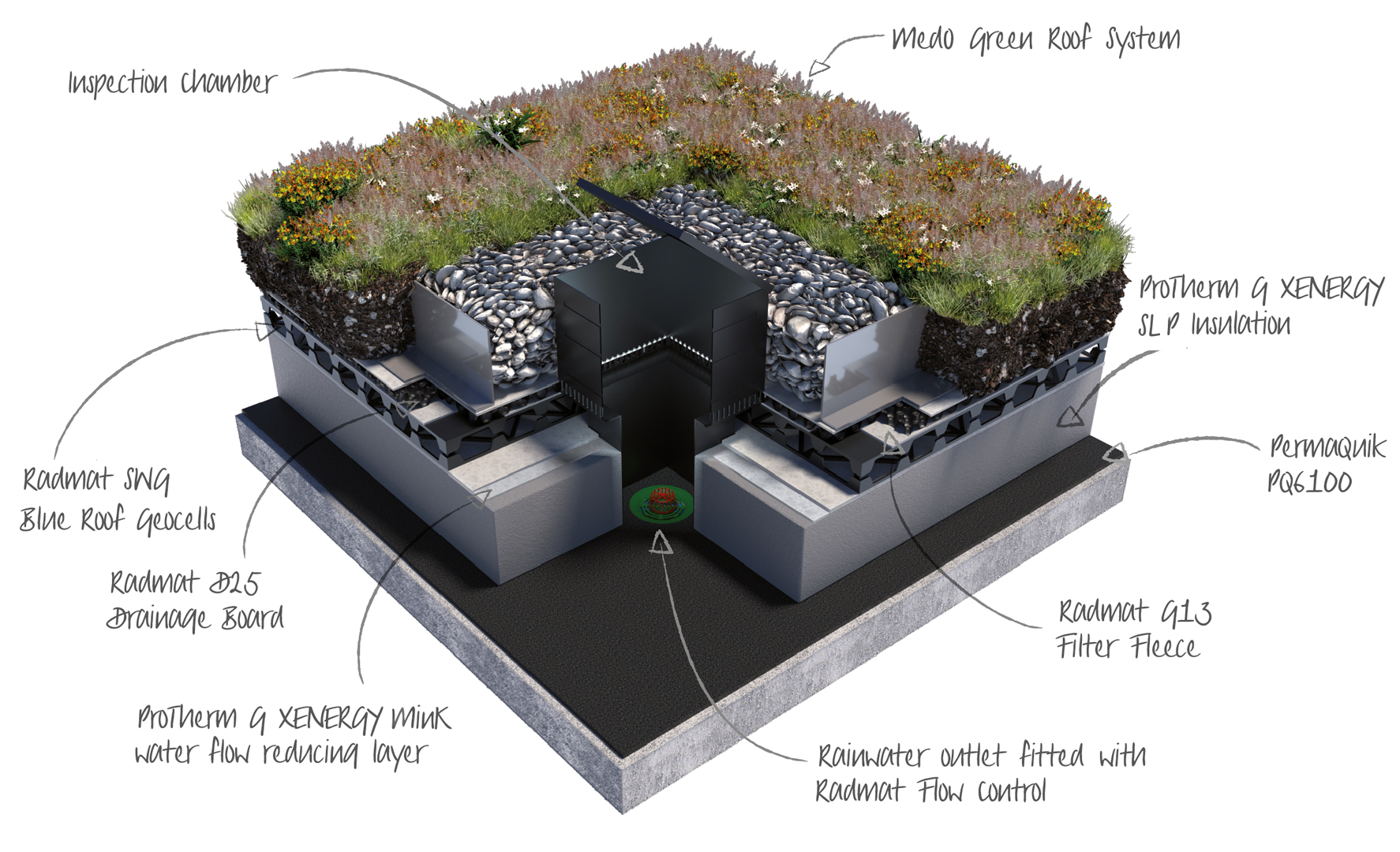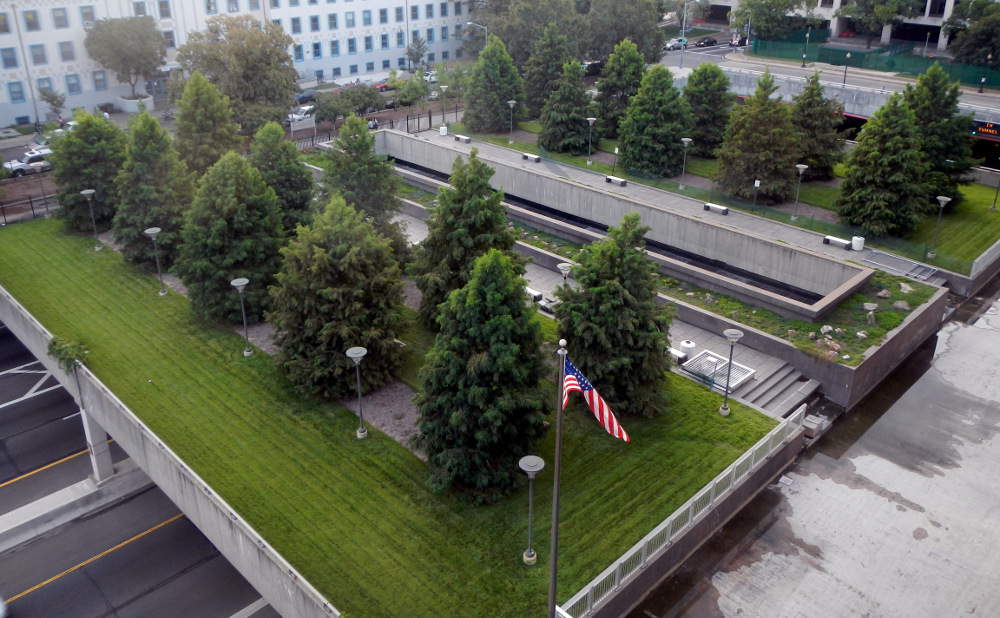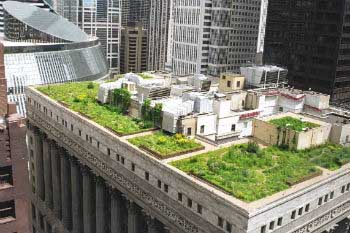The venny green roof has shallow substrates on two types of roof the first roof is on shipping containers and is designed for a dead load of 250kg m 2 and live load of 100kg m 2.
Green roof dead loads.
The use of reliable and established products that comply with green roofing guidelines is important.
The long term performance of green roofs depends on many factors.
Of living roof construction this could translate to 175 000 pounds of dead load on the roof top.
On the pages below we show a summary of our product range.
Soil does not necessarily occupy the full depth of the assembly.
Add a conservative snow load allowance for flat roofs of 15 p s f and the design criteria can easily exceed 70 p s f.
The values for dead loads in table 3 2 are for commonly used materials and constructions in light frame residential buildings.
Arch 331 note set 13 1 s2014abn 2.
For a modest building using 2500 sq ft.
Green roofs typically use lightweight engineered soils with very light drainage and insulation layers.
Astm e2397 is the established standard procedure for determining the dead and live loads associated with green roof systems.
Green roof shall provide suitable drainage and water retention capacity to support healthy vegetation cover according to specified vegetation performance.
The second most common conservative assumption found in the industry is to assume that the green roof is a soil load rather than a dead load.
3 3 dead loads dead loads consist of the permanent construction material loads comprising the roof floor wall and foundation systems including claddings finishes and fixed equipment.
The dead load of a green roof assembly should be determined on a project specific basis because growth medium composition varies from job to job.
Roof shall balance drainage and water retention to meet drainage requirements but retain as much rain as possible while still meeting drainage and maximum wet weight dead load requirements.
The second trussed roof is designed for a dead load of 160kg m 2 and a live load of 40kg m 2.








